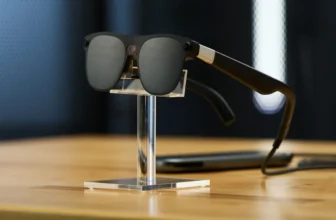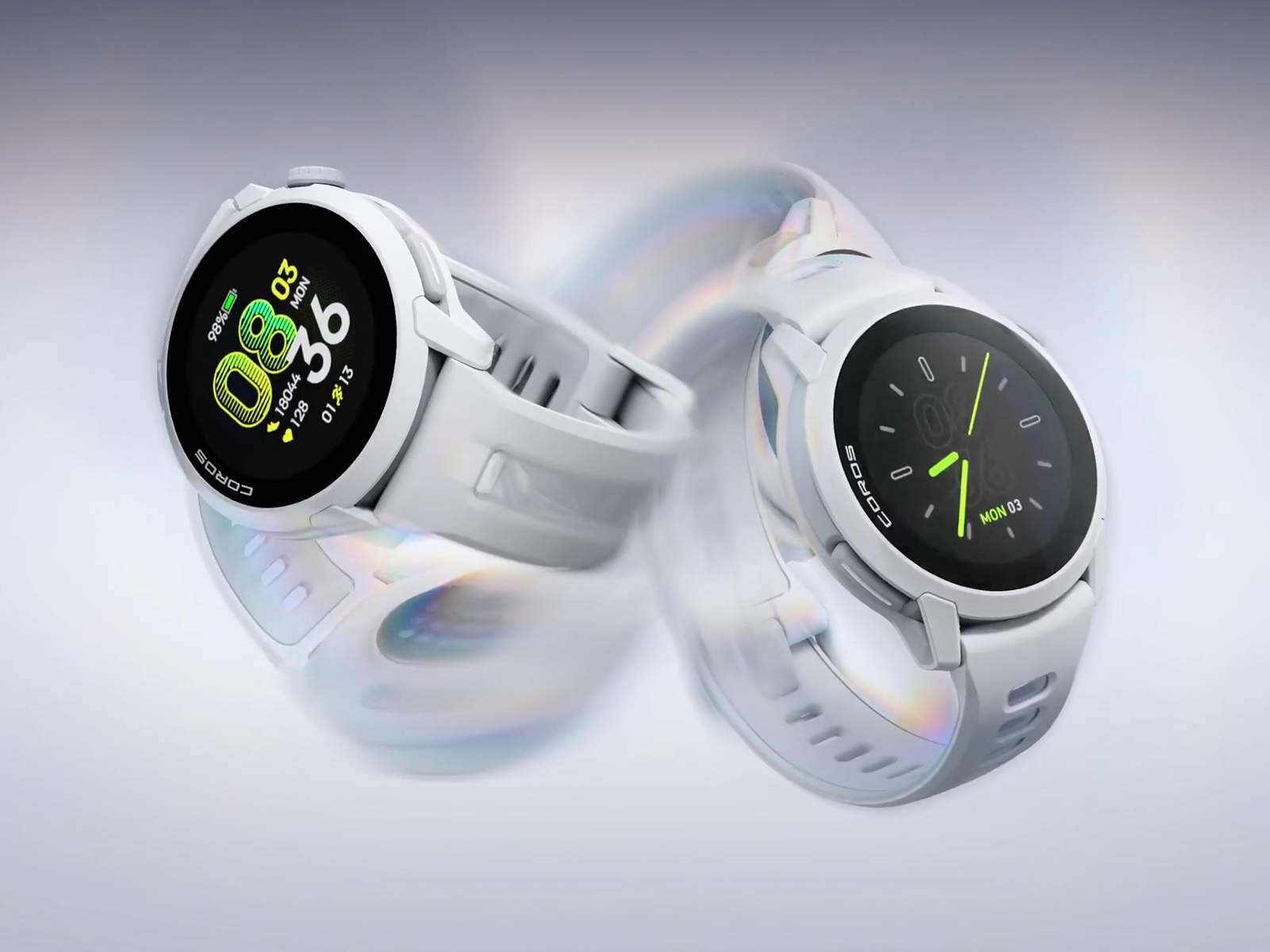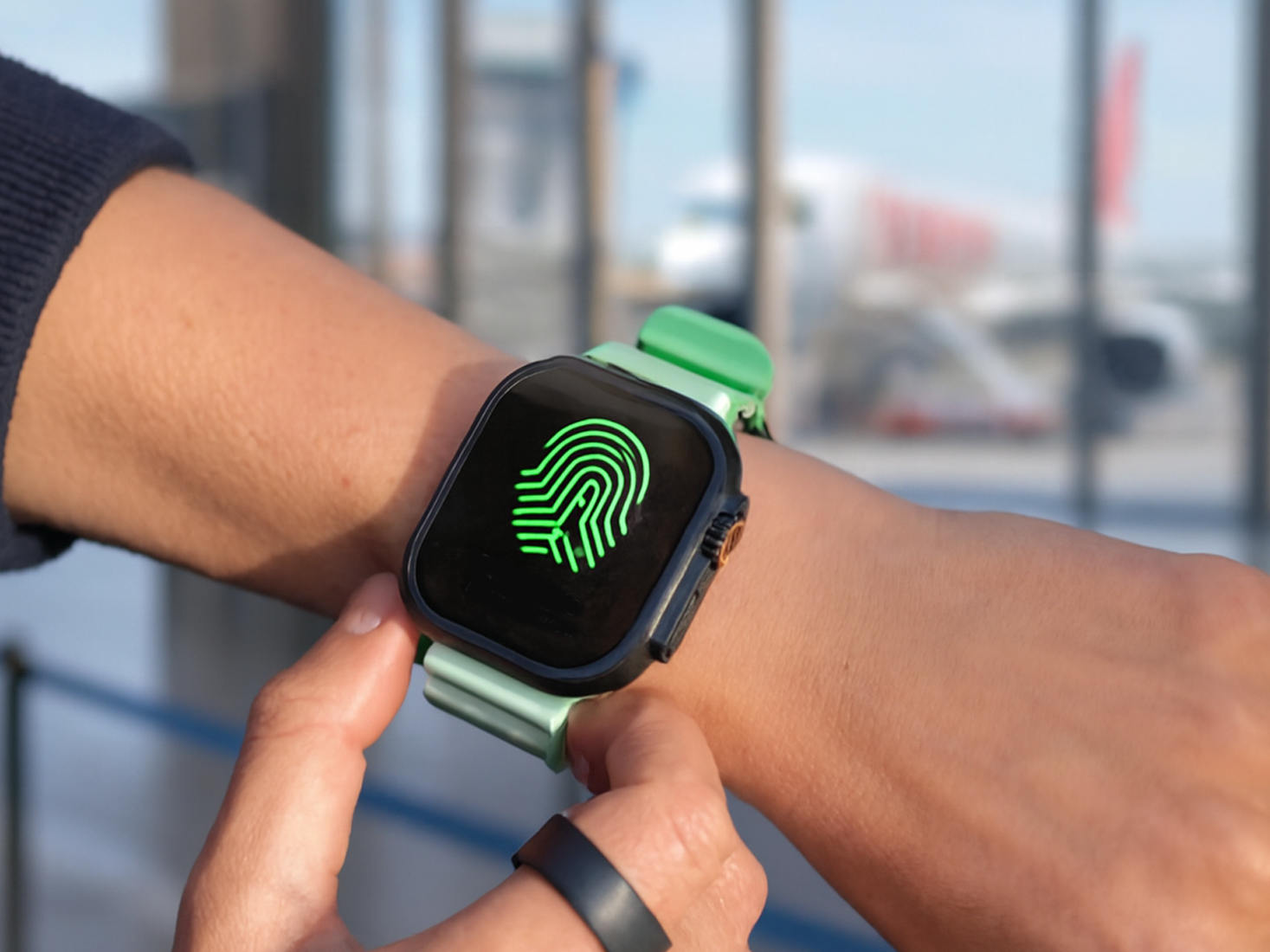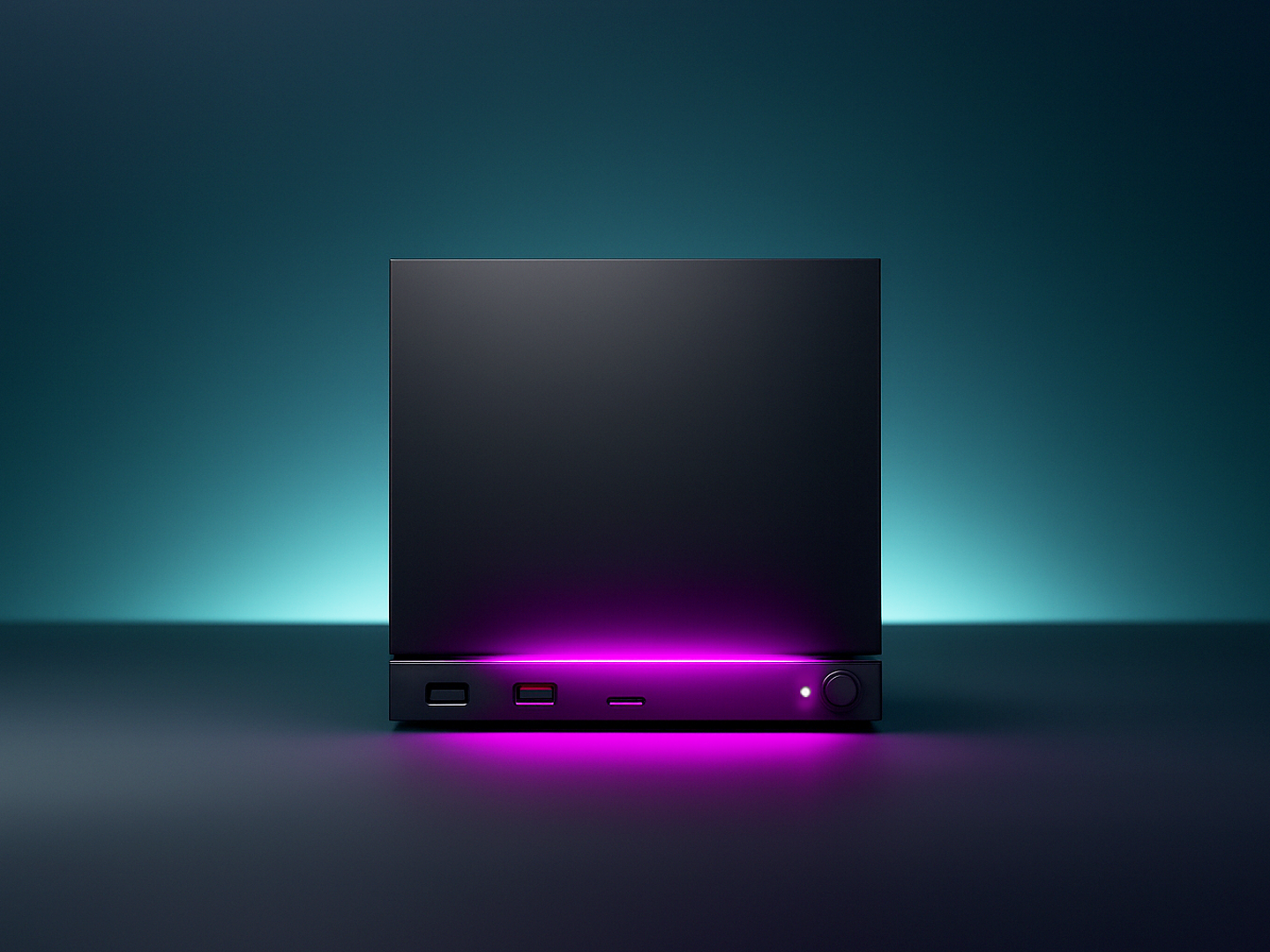
Qualcomm has officially announced the Snapdragon 8s Gen 4, a premium-tier mobile chipset aimed at budget flagships and gaming-focused smartphones. Unlike the Snapdragon 8 Elite, which features the newer Oryon cores, this chipset sticks with Kryo cores but still boasts significant performance, graphics, and AI enhancements over its predecessor.
Qualcomm continues to expand its lineup of mobile processors, offering solutions tailored to different user needs. Similar to last year’s Snapdragon 8s Gen 3, the Snapdragon 8s Gen 4 is positioned within the flagship-tier range, typically found in budget flagship and gaming-oriented Android devices.
A Faster Processor But a Much Bigger Gain in Graphics
Built on a 4 nm process, the Snapdragon 8s Gen 4 introduces a 1+3+2+2 CPU core configuration. It features a Cortex-X4 prime core clocked at 3.2 GHz, backed by three Cortex-A720 cores at 3.0 GHz, two Cortex-A720 cores at 2.8 GHz, and two efficiency cores at 2.0 GHz. This setup results in a 31% performance boost compared to the previous Snapdragon 8s Gen 3.

The biggest improvement comes in the graphics department, with the introduction of the Adreno 825 GPU, which delivers 49% better performance. Beyond raw power, the Snapdragon 8s Gen 4 also brings real-time accelerated ray tracing with global illumination, enhancing light rays, reflections, shadows, and textures in games. The chipset also supports Snapdragon Elite Gaming tools, enabling graphics upscaling, frame rate boosting, and improved power management.
| Snapdragon 8s Gen 4 | Snapdragon 8s Gen 3 | Qualcomm Snapdragon 8 Elite | Samsung Exynos 2400 | Google Tensor G4 | Apple A18 Pro | MediaTek Dimensity 9400 | MediaTek Dimensity 9300 | |||
|---|---|---|---|---|---|---|---|---|---|---|
| Prime core | 1x Cortex-X4 @ 3.2 GHz | 1x Cortex-X4 @ 3.0 GHz | 2x Oryon @ 4.32 GHz | 1x Cortex-X4 @ 3.2 GHz | 1x Cortex-X4 @ 3.1 GHz | 2x Apple Everest @ 4.05 GHz | 1x Cortex-X925 @ 3.62 GHz | 1x Cortex-X4 @ 3.25 GHz | ||
| Performance core | 2x Cortex-A720 @ 3.0 GHz 2x @ 2.8 GHz |
4x Cortex-A720 @ 2.8 GHz | 6x Oryon @ 3.53 GHz | 2x Cortex A720 @ 2.9 GHz 3x Cortex A720 @ 2.6 GHz |
3x Cortex-A720 @ 2.6 GHz | 3x Cortex-X4 @ 3.3 GHz |
|
|||
| Efficiency core | 2x Cortex-A720 @ 2.0 GHz | 3x Cortex-A520 @ 2.0 GHz | 4x Cortex-A520 @ 1.95 GHz | 4x Cortex-A520 @ 1.92 GHz | 4x Apple Sawtooth @ 2.42 GHz | 4x Cortex-A720 | 4x Cortex-A720 @ 2.0 GHz | |||
| RAM | LPDDR5X | LPDDR5X | LPDDR5x-10667 5333 MHz (85.4 GB/s) | LPDDR5x-8533 4x 16-bit @ 4266 MHz (68.2 GB/s) |
LPDDR5x 4x 16-bit |
LPDDR5x-7500 4x 16-bit @ 3750 MHz (60 GB/s) |
LPDDR5x-10667 4x 16-bit @ 5333 MHz (85.4 GB/s) |
LPDDR5T-9600 4x 16-bit @ 4800 MHz (76.8 GB/s) |
||
| GPU | Adreno 825 | Adreno 735 | Adreno 830 | AMD RDNA3 (3406 GFLOPS) |
7x ARM Mali-G715 | 6x Apple GPU (2227 GFLOPS) |
12x ARM Immortalis-G925 | 12x ARM Immortalis-G720 (3993.6 GFLOPS) |
||
| 5G modem | Snapdragon X85 (4.3 Gbps Donwllink) |
Snapdragon X70 (5 Gbps | 3.5 Gbps) |
Snapdragon X80 (10/3.5 Gbps) |
External Exynos 5153 (12/3.67 Gbps) |
External Exynos 5400c | External Snapdragon X71 (10/3.5 Gbps) |
MediaTek (7/3.5 Gbps) |
MediaTek (7/3.5 Gbps) |
||
| Connectivity | FastConnect 7900 Wi-Fi 7 Bluetooth 6.0 UWB |
FastConnect 7900 Wi-Fi 7 Bluetooth 6.0 UWB |
FastConnect 7900 Wi-Fi 7 Bluetooth 6.0 UWB |
Wi-Fi 6E Bluetooth 5.3 |
Wi-Fi 7 Bluetooth 5.3 |
External Wi-Fi 7 Bluetooth 5.3 |
Wi-Fi 7 Bluetooth 5.4 |
Wi-Fi 7 Bluetooth 5.4 |
||
| Process node | TSMC N4 | TSMC N3E | TSMC N4P | Samsung 4LPP+ | Samsung 4LPP+ | TSMC N3E | TSMC N3E | TSMC N3B |
More Advanced AI and Audio
AI performance sees a 41% improvement, thanks to the updated Hexagon NPU, allowing for on-device AI processing, multimodal and multilingual AI assistants, as well as AI-powered detail segmentation and real-time skin tone correction in photography. On the imaging side, the Qualcomm Spectra ISP supports 18-bit image processing, up to 320 MP camera sensors, and 4K video recording at 60 fps.
The Snapdragon 8s Gen 4 integrates the Snapdragon X75 modem, the same modem found in the iPhone 16 Pro, but with a lower peak download speed of 4.2 Gbps and support limited to sub-6 GHz 5G frequencies (no mmWave). Additional connectivity features include Bluetooth 6.0 and Wi-Fi 7, XPAN for untethered lossless audio streaming, Qualcomm aptX and Snapdragon Sound, as well as support for UFS 4.0 storage and USB 3.1 Gen 2 interface.
Which Phones Could Get the Snapdragon 8s Gen 4?
The Snapdragon 8s Gen 4 is expected to power several upcoming smartphones, including the Xiaomi Poco F7 5G, which succeeds the Poco F6 (review) that featured the previous-gen chip. Other potential devices include the respective successor to the Motorola Edge 50 Ultra and Realme GT 6.
While the Snapdragon 8s Gen 4 may lack Oryon cores, its CPU, GPU, and AI upgrades make it a strong contender in the affordable flagship segment. Do you think these improvements are enough to convince you to buy a phone powered by this chipset? Please let us know in the comments!






